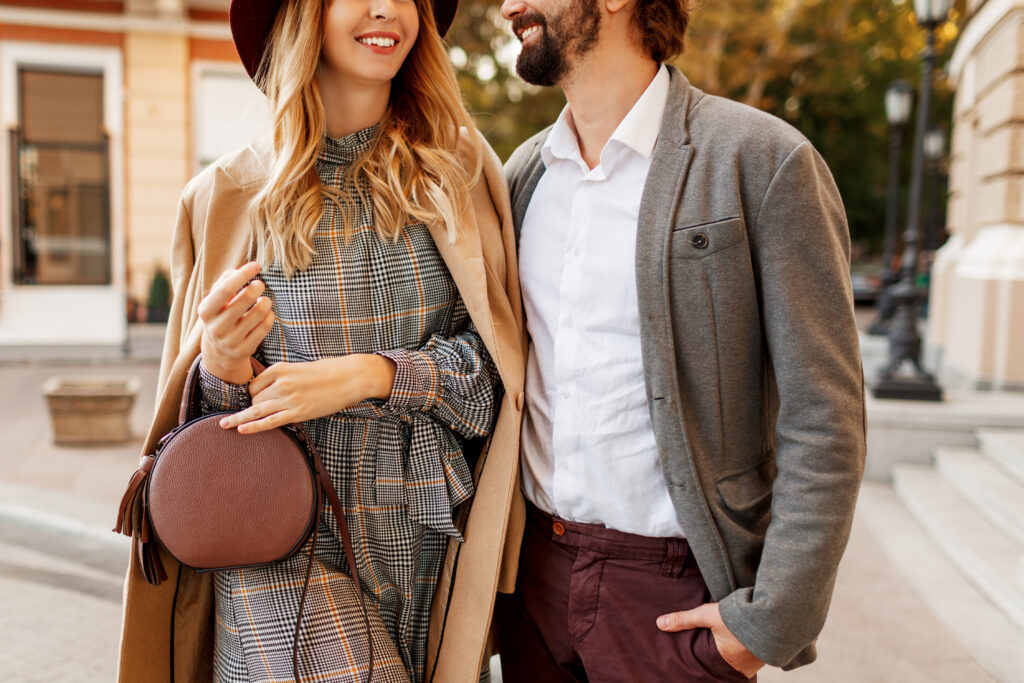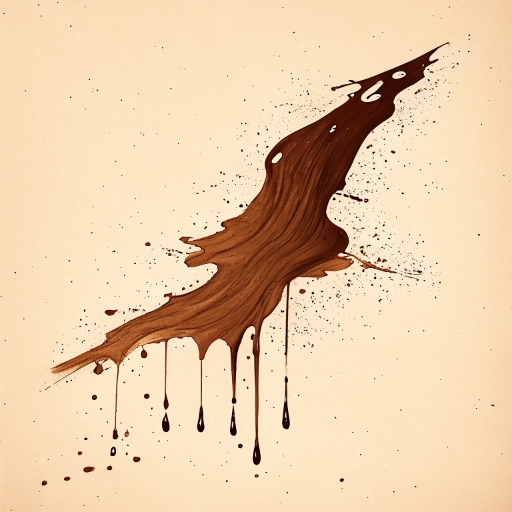The colour brown How to do it? is a question asked by many people who are starting out in the world of painting or printing and want to know what colours or inks are used to obtain the colour brown.
It is one of the most common colours in nature. We see shades of brown everywhere, from the elements of the Earth to food to human hair and eyes.
Few people have brown as their favourite colour, but it is a complex colour that comes in infinite varieties and creates warmth and beauty naturally.
We will review how and why we see brown, some examples of the different shades and how we use brown in our lives.
What colours make up brown

Colour can be difficult to understand because it is not an inherent part of an object, but depends on the human eye’s ability to translate light into what the brain perceives as colour.
Don't miss our ultimate guide on graphic design!
Discover the best online courses, master's degrees, and university programs for a successful career in design with our "Ultimate Guide to Studying Graphic Design: The Best Options for a Successful Career". Shape your future in the creative industry today.View Post Read Later
Brown, in particular, can be confusing because it is a composite colour and our perception of it depends on other factors. So when thinking about what colours make up brown, the answer is: it depends.
The eye contains cone-shaped cells, which work with attached nerves to translate the short (blue), medium (green) and long (red) wavelengths of light into what is then perceived as colour by the human brain.
It also has rod-shaped cells, which process black and white wavelengths of light. Almost everything we see is not a pure colour in the spectrum of light, which is why we see as many colours as we see, and even see shades of commonly recognised colours.
If we think of seeing these non-pure colours, it makes sense to say that we will see a combination of yellow and red wavelengths like orange. We see brown when there are so many wavelengths that our brain cannot interpret it as one colour over another.
Light also affects saturation, or how bright or dull the colour is, and lightness, or how light or dark it is, depending on what other wavelengths are present in smaller variations. This changes our perception, so that we can see a different “shade” of brown.
You may have noticed that the easiest way to make brown is to mix a bunch of other colours and it’s true that by doing this you end up making brown.
So, to create brown in painting, printing and digital art, you need to combine colours.
You can create brown from the primary colours red, yellow and blue. As red and yellow give rise to orange, you can also create brown by mixing blue and orange.
The RGB model used to create colour on screens such as a television, computer or mobile phone uses red and green to create brown.
The amount of each colour combined can change the shade of brown, as this mimics the idea of saturation and lightness, and changes the way we perceive colour.
You can also add more colours or change the proportions to change the tone, which we’ll look at later.
How do you make the colour brown
What two colours make brown? It depends on the shade of brown you want to achieve. In this section, we’ll go over how to mix various shades of brown, assuming you’re using paint.
Bear in mind that people see colours differently, and brown in particular can be subjective. You may see or describe the following shades of brown differently to someone else.
Basic brown
To create a simple medium brown first, you should combine red, yellow and blue. You can also mix orange and blue if you have orange available. Each colour should be added in the same proportion. This should create a medium shade of brown.
If you don’t like how it looks, you can change the proportions, but for the simplest and simplest brown, they should be the same.
This method works with the primary colours, and you won’t find yourself adding and mixing forever without knowing what you’re going to get.
This also makes it easier to change the colour, as you only have to add more or less of what you already have there.
You don’t have to work with just your primary colours, the fun part of brown is that everything you mix ends up becoming brown anyway, but if you’re mixing for tone and not just playing around, you’ll want to keep track of what’s in your mix.
Remember that you can also do a “basic” brown with black and orange, or with blue and orange.
Brown Tan
Like beige, tan brown is a very light shade of brown that requires the brown to be blended with a lighter colour.
Tan is closer to classic brown than beige, and does not have the pink tint of beige. Make the tan by adding more yellow to the brown.
You can also add a bit of white, but you want to stay away from the very light almost pinkish tone, so don’t add any red if you add white.
Brown Beige
Beige is a very light brown, so to make beige you have to mix it with white.
In this case, it is easiest to add the brown to the white, not the other way around. That way, you can add the brown a little at a time rather than having to start over if you go too far.
Beige also has a slight pink tinge to it, so you should add a hint of red as well. If you think the beige has become too dark, you can always lighten it up again by adding more white or some yellow.
You can also make it darker by adding more brown or blue.
Espresso Brown
Making this brown darker means adding darker colours than your primary colours. So, to get a darker brown from the start, you can include more red and blue than yellow.
You can make this colour even darker by adding purple and black. The purple will make the mix look less bright than if you add black, so you should include both to get a soft final colour.
If you need to lighten it, you can add yellow or grey. Adding white will probably lighten it more than you want, so avoid adding white.
Brown Chestnut
This beautiful shade of brown is lighter than traditional brown, but does not have as strong a colour cast as sienna.
Like sienna , chestnut is obtained by adding yellow and red to brown. However, they should not be in the same proportion, and you should not substitute orange.
Go slowly and add a little yellow and then a little red at a time, until you get the chestnut colour.
The chestnut should be a medium reddish-brown, and should have a bright, earthy tone to it.
Brown colour in fashion and art

Artists and designers can use a variety of colour techniques in their work. Analogous colour schemes tend to work with colours on the same side of the colour wheel, so that everything blends together. Complementary colours are those on opposite sides of the colour wheel. Red and green, for example, are complementary, as are blue and orange. The purpose of using complementary colours is to make each colour stand out.
Artists and designers can also work with warm (yellows, reds), cool (blues, greens, purples) or neutral (black, brown, white, grey) colours to create an aesthetic. In theory, neutrals, such as brown, should be able to be combined with any colour.
Brown has been used in art since prehistoric times. Early humans used ingredients from the earth to create brown dyes and colours. They used nuts, clay and iron oxide, among other ingredients. The use of brown in paintings depended on the time and style of the period.
In the 17th and 18th centuries brown was widely used to create dark backgrounds with foregrounds or brighter subjects, and earthy tones were intended to signify humility and intellectuality. The use of brown also meant that artists could paint natural depictions of scenes and scenery.
The brown was used less in the 20th century, when artists such as the French Impressionists turned to bright colours and the art entered commercial production and popular culture.
As it is considered a neutral colour, brown items are often staples in fashion. Brown shoes, belts, coats and jackets are present in many western wardrobes, as they are easy to combine with other neutral or brighter colours.
Whether we like it or not, brown is everywhere. This means that, when it comes to creating a brown colour of your own, you have a lot to consider. By carefully creating or choosing a shade of brown, you can invoke certain emotions or draw inspiration from artistic influences of the past.
The beauty of brown lies in its versatility and the possibilities of its shades. The ways in which we can use brown are seemingly endless. Perhaps, one day, it will become your new favourite colour.
Would you like to know all the secrets behind the colours? Don’t miss our articles on colour psychology in which we tell you in depth all the details about each of the main colours; their meaning, symbolism, associated emotions, their uses in marketing and advertising and much more.


